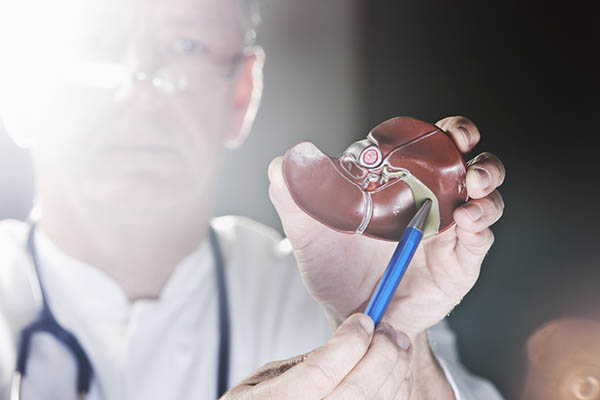Gallstones and Surgery: Understanding the Symptoms and Surgical Options
Gallstones are a common gastrointestinal issue that affects millions of people worldwide. Characterized by crystalline deposits that form in the gallbladder, these calcified accumulations can cause significant discomfort and health complications. Symptoms such as acute pain in the upper abdomen, nausea, and vomiting typically prompt individuals to seek medical attention. This section aims to delve into the intricacies of gallstone symptoms and explore the range of surgical options available for treatment. By understanding both the warning signs and the medical interventions, patients can make informed decisions about their health and wellness.
Gallstones are hardened deposits of digestive fluid that can form in your gallbladder, a small organ beneath the liver. These stones can range in size and number, often leading to a variety of symptoms that may necessitate surgical intervention. Recognizing the symptoms of gallstones is crucial for timely medical consultation and treatment.
Symptoms of Gallstones
Gallstones may not always cause symptoms. In fact, they can remain silent for years, known as “silent stones.” However, when symptoms do occur, they can be acute and require immediate attention. The most common symptom of gallstones is pain in the upper right abdomen, which can rapidly intensify. This pain may extend to the back or right shoulder blade. Other notable symptoms include nausea, vomiting, fever, and a yellowing of the skin and whites of the eyes (jaundice), indicating a blockage caused by a gallstone. These symptoms can last from a few minutes to several hours and often occur after eating fatty meals.
When Surgery Becomes Necessary
Surgery is often recommended when gallstones lead to recurrent gallstone pancreatitis, cholecystitis (inflammation of the gallbladder), or if there is evidence of gallbladder disease (e.g., polyps). The presence of symptoms such as persistent pain, nausea, or jaundice typically necessitates an evaluation for surgical removal of the gallbladder, known as cholecystectomy.
Surgical Options for Gallstones
- Laparoscopic Cholecystectomy: This is the most common and preferred method for removing the gallbladder. The procedure involves making several small incisions in the abdomen through which surgical instruments and a tiny video camera are inserted. The camera guides the surgeon in removing the gallbladder. The benefits of this minimally invasive approach include less pain, shorter hospital stays, and faster recovery.
- Open Cholecystectomy: In some cases, an open surgery may be necessary. This involves a larger incision in the abdomen to access and remove the gallbladder. Open cholecystectomy might be recommended if difficulties are encountered during the laparoscopic procedure or if there are specific reasons why the laparoscopic method cannot be safely performed. Recovery from open surgery is generally longer and may require a more extended hospital stay.
Post-Surgery Recovery
Recovery varies depending on the type of surgery performed. For laparoscopic cholecystectomy, most individuals can return home the same day or the following day and resume normal activities within a week. Open cholecystectomy requires a longer recovery period, with a hospital stay of two to seven days and a return to normal activities within six to eight weeks.
Life After Gallbladder Removal: Diet and Lifestyle Adjustments
Although the gallbladder plays a role in the digestion of fats, its removal doesn’t typically necessitate a radical change in diet for most people. Post-cholecystectomy, patients are often advised to adhere to a low-fat diet initially to allow the body to adjust to the absence of the gallbladder. Gradually, healthy fats can be reintroduced into the diet as the liver adapts to taking over the bile concentration and delivery process directly into the small intestine. Long-term dietary recommendations may include smaller, more frequent meals that are balanced and rich in fiber and maintaining hydration to support overall digestive health. Patients are encouraged to monitor their bodies’ responses to different foods and to consult with a nutritionist or dietitian for personalized dietary guidance.
Conclusion
Gallstones are a common condition that can lead to significant discomfort and potential complications, necessitating surgical intervention. Understanding the symptoms of gallstones is essential for seeking timely medical advice. Surgical removal of the gallbladder, either through laparoscopic or open cholecystectomy, is a highly effective treatment for symptomatic gallstones, offering relief and preventing further gallbladder-related issues. For individuals experiencing symptoms suggestive of gallstones, consulting with a healthcare provider is crucial to determine the most appropriate treatment approach.



 Close
Close